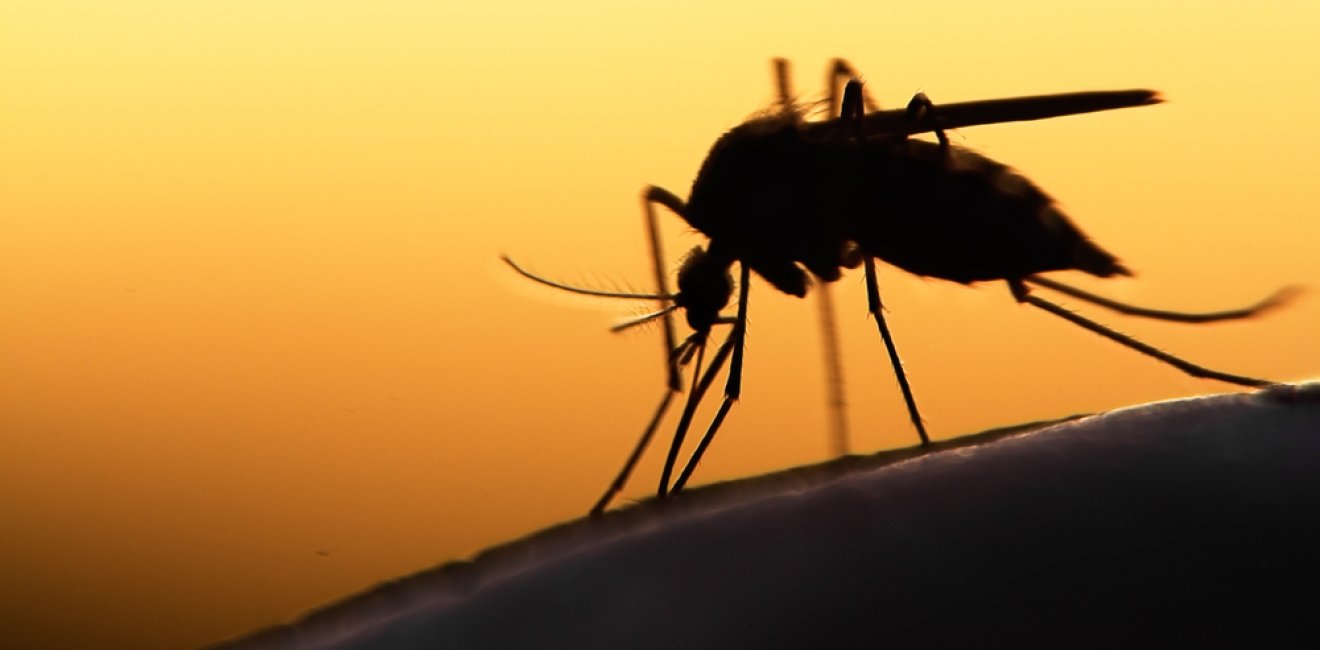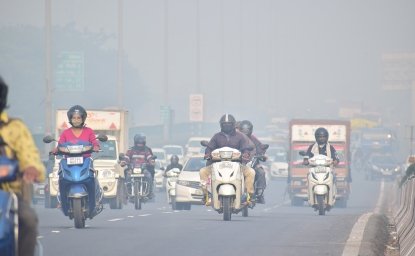
A blog of the Wilson Center

Malaria kills roughly 600,000 people each year, and is now present in four US states. Yet it’s largely preventable, and an affordable new vaccine is ramping up in production.
As anyone who has lived or worked in Africa can tell you, malaria has long been a terrible challenge for the continent, imposing considerable human and economic costs. The disease kills more than 600,000 people annually, and Africa accounts for 95% of all malaria cases—and 96% of its deaths. Among Africans, pregnant women and young children, who have lower natural immunity, are hit hardest. About 80% of malaria-related deaths are from children under the age of five.
The global drive to end malaria as a leading cause of death in many developing countries is a good news-bad news-hopeful news story.
First, the good news. When the US government’s President’s Malaria Initiative (PMI) came on to the scene in 2005, it dramatically expanded the world’s access to proven interventions (e.g., insecticide treated bed nets, indoor residual spraying, rapid diagnostic tests, and more), and boosted training for vital health care workers. Together with the Global Fund to Fight AIDS, TB and Malaria, (known as the Global Fund), and other partners, PMI has helped save an estimated 7.6 million lives, and prevented more than 1.5 billion malaria cases. Since 2006, PMI countries have seen a 27.2% decline in malaria cases, and a 45.6% decline in malaria deaths. To be considered for and certified as having eliminated malaria, a country must have three consequetive years of zero indigenous cases. Since 2015, the World Health Organization (WHO) has certified that 10 countries have completely eliminated malaria: Maldives, Sri Lanka, Kyrgyzstan, Paraguay, Uzbekistan, Argentina, Algeria, China, El Salvador, and Azerbaijan, bringing the global list of malaria-free countries and territories to 43. In 2000, only 13 of the 108 malaria endemic countries reported fewer than 1,000 indigenous cases of malaria. In 2021, this number grew to 35 countries.
Now the bad news. Despite all of the progress, the Global Fund recently concluded that the overall goal of ending malaria as a public health threat by 2030 is no longer attainable on our current trajectory. During the COVID-19 pandemic, an estimated 13.4 million malaria cases arose from health service disruptions. In June of this year, for the first time since 2003, the US has experienced a small number of locally transmitted malaria cases. While, as the CDC has noted, the risk of the US public acquiring locally transmitted malaria is still very low, it is a reminder that nobody should take their eyes off the disease. Further, while Africa continues to be the region that has the largest disease burden by far, new strains of malaria can emerge in other parts of the world. A strain of malaria indigenous to South Asia was recently detected in several countries in Africa that, unlike traditional malaria cases on the continent, thrives in human-made containers, and its breeding habits are largely in urban areas where there was previously less transmission of the disease—and less awareness among the public.
And the hopeful news… Since PMI and others took up the malaria cause two decades ago, health leaders have created a proven toolbox for preventing malaria’s spread—and that toolbox gets better and more sophisticated with each passing year. Such things as bed nets, targeted insecticides, preventative treatments during pregnancy, and diagnostic tests, have made a verifiable difference, and saved millions of lives.
Added to that are two vaccines that are approved and recommended by the WHO. The first, authorized last year, has been slow to ramp up in production—only 18 million doses are likely to be available by next year. However, a second vaccine, R21 was recently given the green light and India’s Serum Institute has pledged to produce 100 million doses of the highly affordable inoculation in 2024.
Malaria has been a bane to humans for as long as anyone knows. PMI has suggested that around 1900, nearly every country in the world had malaria cases. In modern times a range of treatments and interventions have helped humanity make remarkable progress against the disease. The emergence of challenges like COVID-19 have slowed our progress, and even seen reminders that the disease could affect us here in the US. But with each passing day, there is new hope.
The question is are we willing to continue to invest in the technology and programs that will renew our progress and put the goal of eliminating malaria’s public health threat once again within reach?
This blog was researched and drafted with the assistance of Caroline Moody.
Author

Explore More in Stubborn Things
Browse Stubborn Things
Spying on Poachers

China and the Chocolate Factory

India: Economic Growth, Environmental Realities
